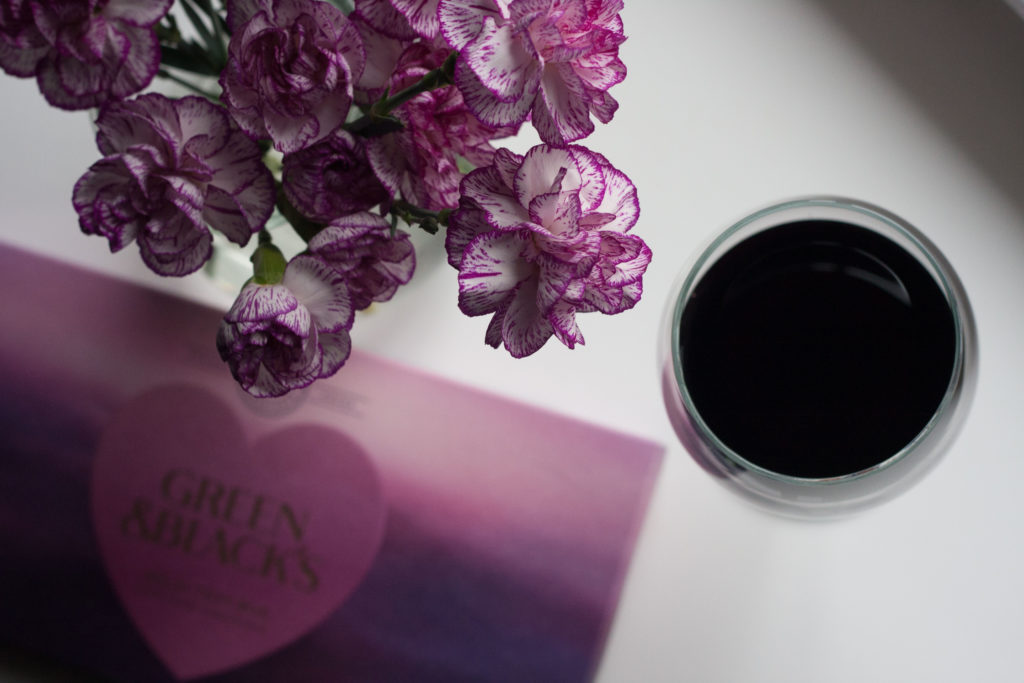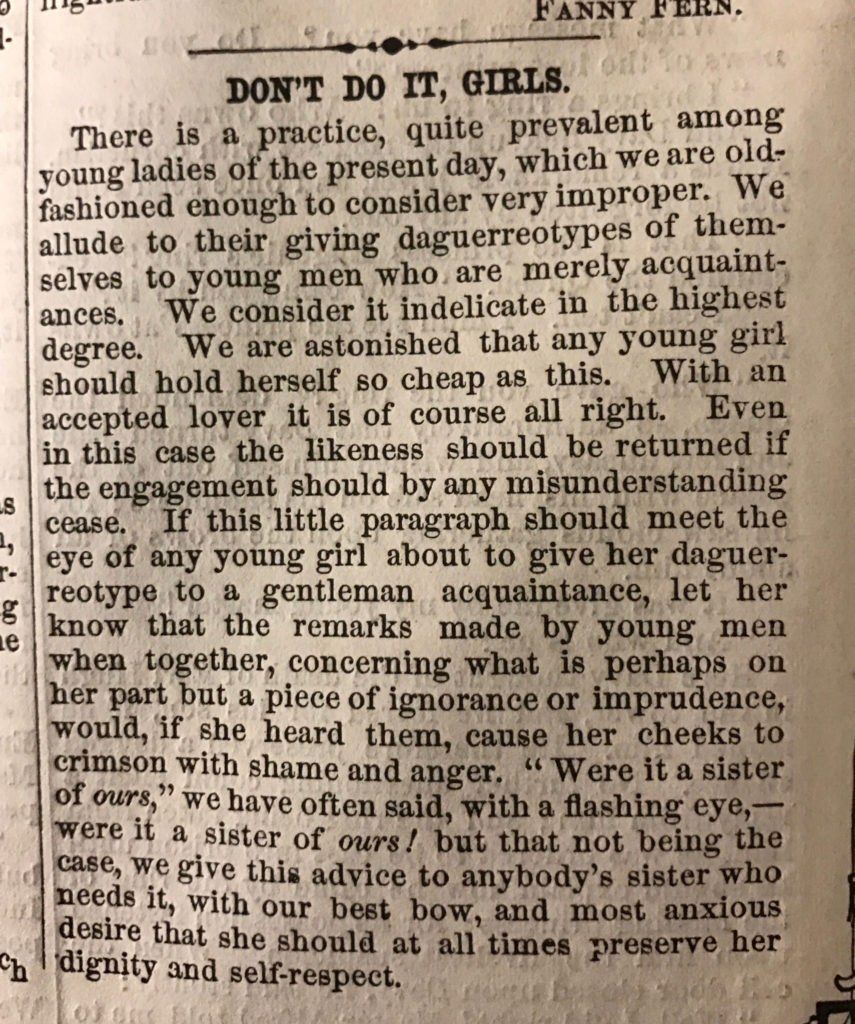Have a drink with: Lovestruck 19th C New Yorkers
Don’t do it, girls!
Ask them about: Victorian-era sexting
In 1893, the city of Baltimore got serious about keeping harmful and degenerate behavior out of its city parks. By which it meant it was tired of kids flirting on on public property, and forbade young couples from courting in the parks lest they offend public morals. The New York press seized on the opportunity to make fun of its southern neighbor, with the World quipping: “A man must not put his arm around a woman’s waist if he has scruples about being indicted…the affectionate and spooning throng have been informed of the terribleness of the fate that will overtake them if they are caught swapping gum or tootsy-wootsying within the park limits.” They also made sure to proudly note that, in New York, “joy is unconfined.” Nyah.
Joy does have its limits, though. You may have earned the right to tootsy-wootsy in Central Park by now, but if we’ve told you once, we’ve told you a thousand times: NO SEXTING.
Stepping back a few years, our standby columnists from the New York Ledger of January 1860 had advised young ladies about an insidious new practice popular with the kids and their newfangled technology:
“There is a practice, quite prevalent among young ladies of the present day, which we are old-fashioned enough to consider very improper.”
In our day, we communicated our affection via chaste ink drawings and occasional semaphore.
“We allude to their giving daguerreotypes of themselves to young men who are merely acquaintances. We consider it indelicate in the highest degree. We are astonished that any young girl should hold herself so cheap as this.”
Really now. She should hold herself at least well enough to maintain her low self-esteem in private.
“With an accepted lover it is of course all right. Even in this case the likeness should be returned if the engagement should by any misunderstanding cease.”
Yeah, because it isn’t like a guy would go sharing that stuff.
“’Were it a sister of ours,’ we have often said, with a flashing eye – were it a sister of ours! but that not being the case, we give this advice to anybody’s sister who needs it, with our best bow, and most anxious desire that she should at all times preserve her dignity and self-respect.”
Exactly. She should go cruise a public park with a pack of Doublemint like any decent woman.
Fun Facts:
Traditional historical thinking would have you believe the Victorian era was a stuffy parade of civilizing repression, during which folks were perpetually fusty and frigid. The reality is far more complex – advice columns and marriage manuals in the 19th century arguably show their authors writing about what they felt ought to be, out of disagreement or frustration with what in fact was.
Not to say that Victorian sexual mores didn’t screw people up. When you tell women that they better delight their man (but excess sexuality can lead to illness), and tell men that sex both fundamentally represents and drains their masculinity, you end up with everyone anxious about the act and overcompensating in the wrong direction.
New media facilitate and diversify avenues for shaming and harassment, in any era; and increasingly creative solutions are required as the speed of technology rapidly outpaces applicable law (see: revenge porn, online abuse, cybersecurity and privacy).
How do you tell a tintype from a daguerreotype? While you’re at it, you can look online for daguerreotypes of historical notables and anonymous hotties alike.
Enjoy an adorably stilted 19th century courting narrative (inexplicably heavy on the palm trees), via the Boston Public Library’s photo collection.
Additional Reading:
The New York Ledger, January 14, 1860
The Evening World, May 23, 1893
Therese Oneill, Unmentionable: The Victorian Lady’s Guide to Sex, Marriage and Manners
The Atlantic, A Brief History of Sexting (video), November 26, 2013

